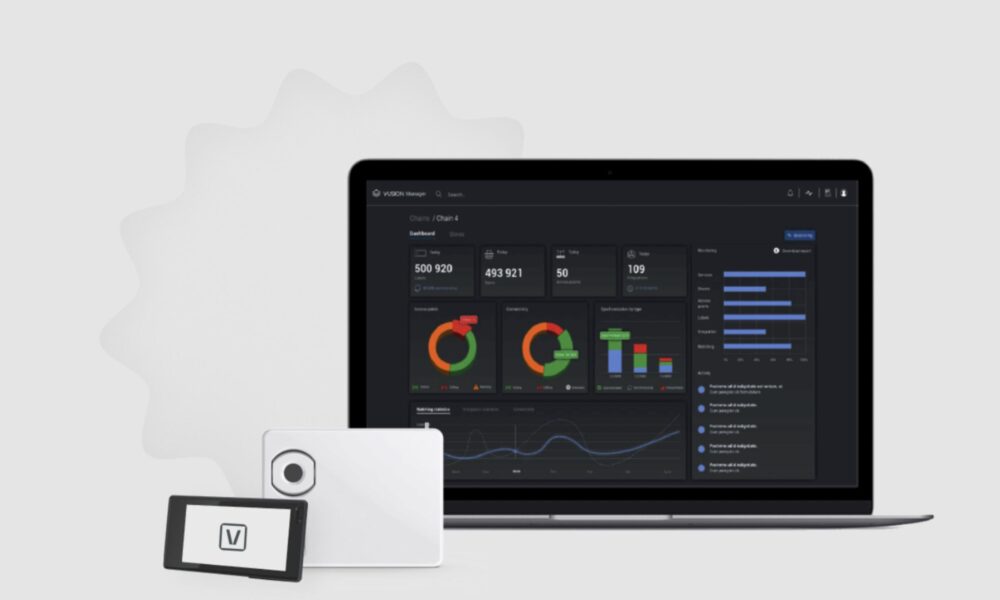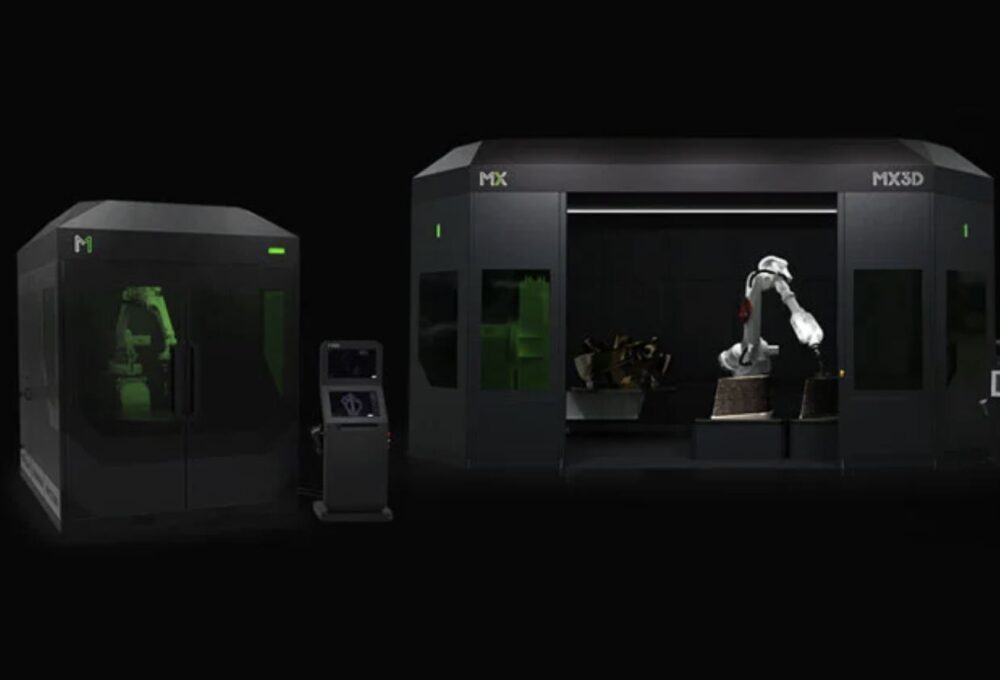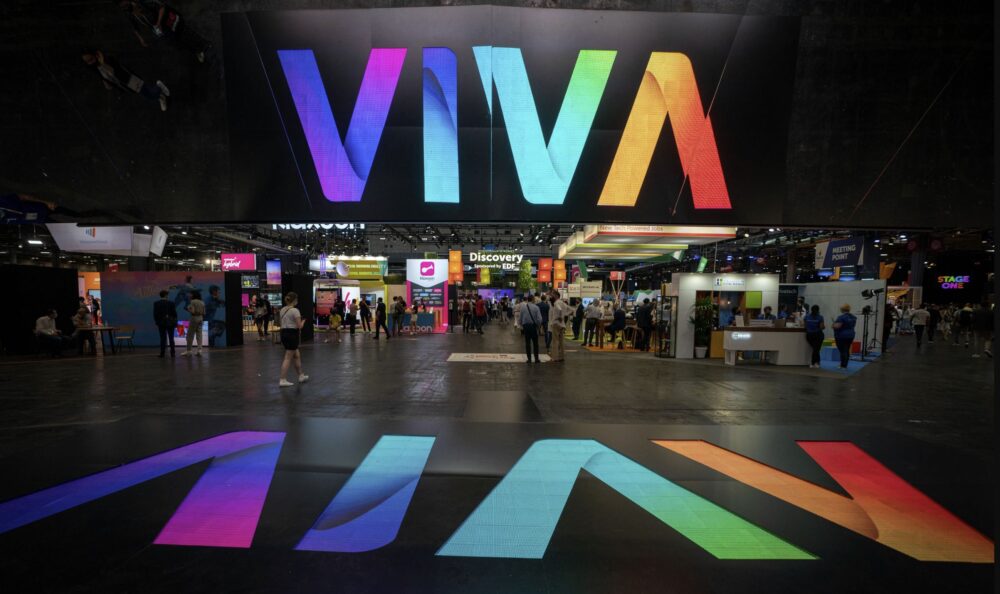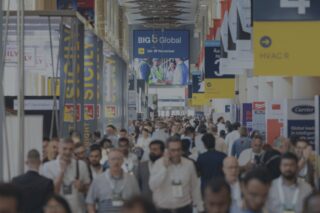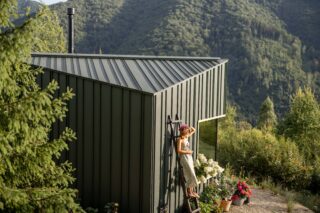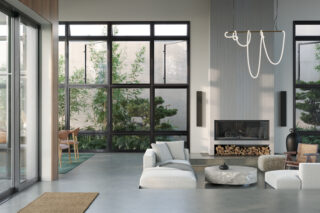How innovations in AI, energy systems, and materials are reshaping the design and operation of hotels, buildings, and cities
As the beating heart of European tech and innovation, Viva Technology 2025 returned to Paris from June 11 to 14 for its ninth edition, transforming Expo Porte de Versailles into a high-energy hub where global startups, tech giants, investors, and researchers were able to converge. While the conference traditionally spans sectors from e-commerce to mobility, this year offered particularly rich material for professionals in architecture, engineering, and design—especially those working in the hospitality and built environment industries.
Exhibitors and speakers addressed not just guest experience and travel convenience, but also the technologies behind how hotel buildings are designed, powered, and maintained. Innovations in artificial intelligence, modular energy storage, geothermal systems, and 3D-printed structures showed how the future of hospitality is being shaped as much by backend building performance and sustainable design as by front-end digital engagement.
Club Med: Human-Centric Tech with a Scalable Backbone
In a well-attended session titled “AI with a Human Touch: Where Technology Meets the Art of Hospitality,” Henri Giscard d’Estaing, President of Club Med, laid out the company’s approach to integrating AI into its customer and employee experiences. Far from being a purely technological vision, Giscard d’Estaing emphasized the emotional dimension:
“Innovation must serve emotion,” he said, highlighting the importance of keeping empathy at the center of the customer journey.
At the core of Club Med’s strategy is an agentic AI platform developed to optimize both external and internal operations. GM Copilot, one of the platform’s first outputs, acts as an intelligent sales assistant. It uses WhatsApp as a conversational booking tool, responding to customer queries, generating quotes, and assisting with reservations—all in real time. For hotels and resorts looking to enhance guest experience through familiar, mobile-first channels, GM Copilot sets a compelling precedent.
Equally important is how Club Med applies AI to internal operations. GO Match, for example, uses machine learning to streamline talent acquisition and team alignment by evaluating candidate skills, languages, and regional compatibility. Meanwhile, Gentil Writer, a multilingual LLM copywriting tool, ensures consistent brand tone across global communications. Club Med’s proactive stance on AI governance—via its AI Ethics Committee, chaired by Sorbonne University’s Prof. Jean-Gabriel Ganascia—offers a model for ethical tech adoption in customer-centric environments.
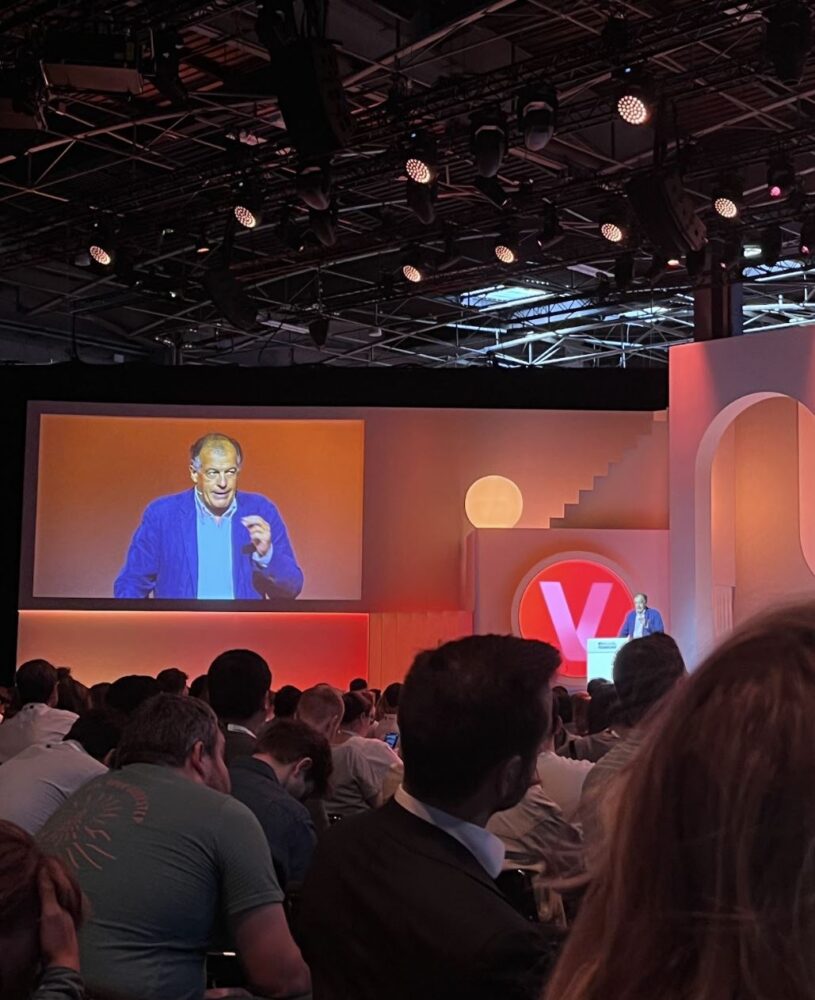
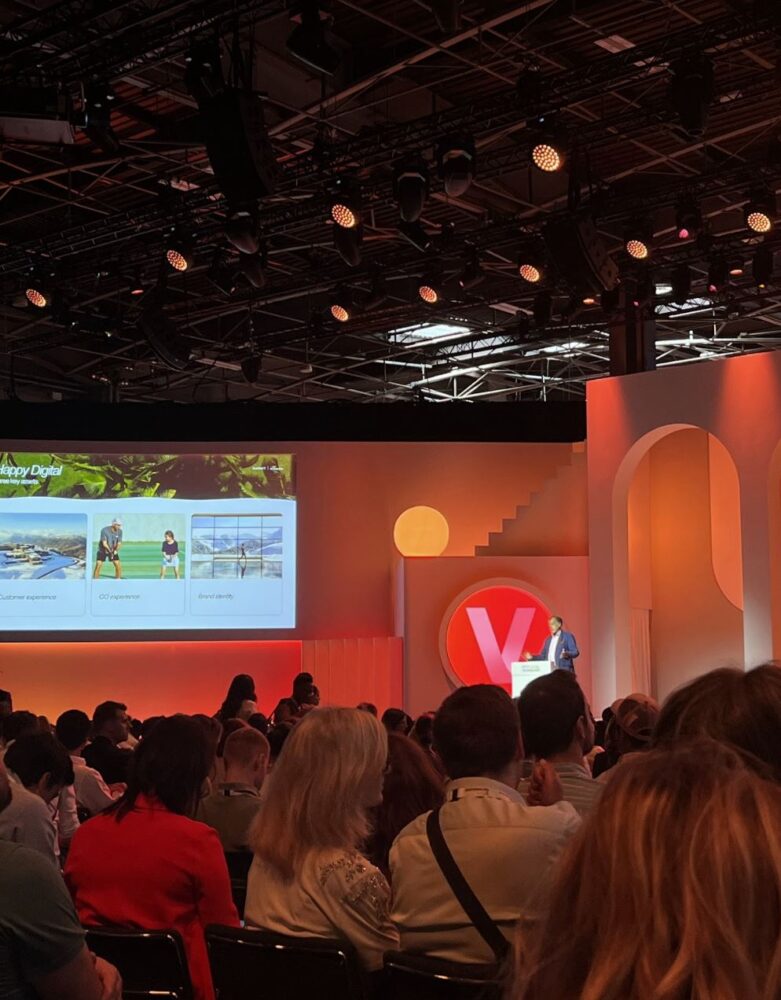
Building Smarter, Cleaner Hotels: BrainBox AI and Bouygues Group
Energy use and operational inefficiency remain persistent challenges for hotels and other large hospitality structures. Two standout exhibitors—BrainBox AI from Canada and Bouygues Group from France—offered compelling solutions.
BrainBox AI has developed an AI-driven platform that uses deep learning and cloud analytics to autonomously control and optimize HVAC systems in real time. The technology can be retrofitted into existing infrastructure and has demonstrated the ability to reduce energy consumption by up to 25%, with a corresponding 40% reduction in greenhouse gas emissions. For architects and MEP engineers, this offers a high-impact strategy for integrating decarbonization into both new builds and retrofits.
Bouygues Group, one of Europe’s leading construction conglomerates, highlighted a wide range of innovations aimed at enhancing sustainability, worker safety, and operational performance in the built environment. Among these were low-carbon concrete alternatives, smart materials, and integrated site monitoring systems. Their work around energy sobriety in construction aligns closely with global goals for climate-resilient architecture. Of particular interest to hospitality developers were solutions for modular construction and adaptive infrastructure for sustainable urban development—crucial in fast-expanding or environmentally sensitive tourism zones.
READ: 13 Global Construction AI Companies Powering Projects in 2025
Adaptive Energy Systems: Moduly and Enerdrape
VivaTech 2025 also introduced promising energy innovations that allow hotels and commercial buildings to enhance grid independence and renewable integration. Two companies—Moduly and Enerdrape—offered highly practical, site-flexible solutions.
Moduly, a Canadian startup, presented its modular stackable battery system designed to store and redistribute energy during peak demand or outages. These systems integrate easily with solar panels or other renewable inputs and can be scaled according to a building’s size or needs. For remote resorts or energy-intensive hotels, Moduly enables intelligent load shifting, demand response, and backup capacity—while also reducing electricity bills and dependence on fossil fuels.
Enerdrape (Switzerland) demonstrated a drill-free geothermal solution in the form of energy-harvesting wall panels. These can be installed in basements, parking garages, or tunnels to extract and recycle thermal energy from subterranean environments. This is a game-changer for hotels in urban areas where traditional geothermal wells are impractical. For architects and engineers focused on sustainable certification (e.g., LEED, HQE), Enerdrape’s system offers a powerful tool for hitting energy targets using underutilized architectural surfaces.
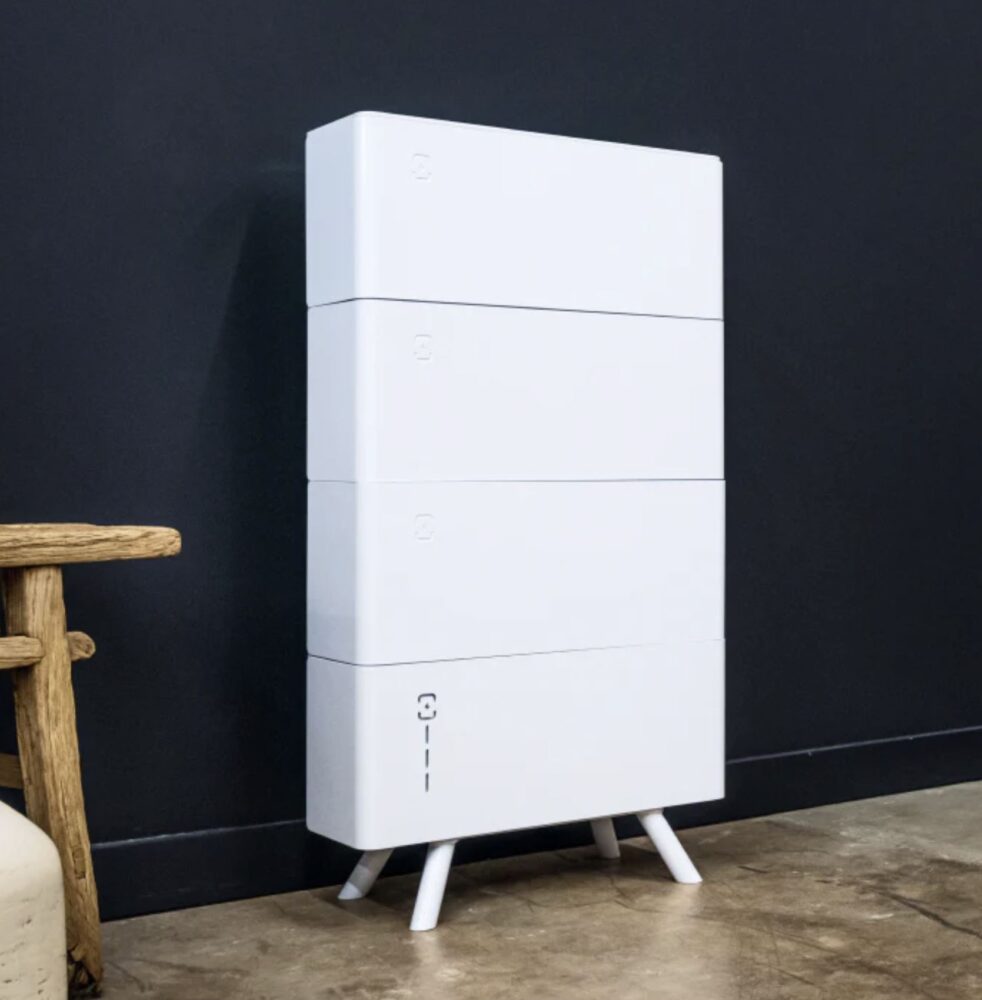

Intelligent Spaces and Structural Reinvention: VusionGroup and MX3D
Smart building interfaces and sustainable fabrication methods are converging to redefine how physical spaces respond to users. At VivaTech, two companies—VusionGroup and MX3D—offered innovations that intersect retail intelligence with architectural design and structural experimentation.
VusionGroup, known for its work in smart retail, displayed technologies with cross-over applications for hospitality interiors. Their AI-powered shelf labels, originally developed for grocery and convenience stores, can be reimagined for guest-facing hospitality contexts like minibars, gift shops, or digital concierge desks. More broadly, their real-time stock tracking and AR-based wayfinding tools hint at future hotel environments that are dynamic, responsive, and highly personalized.
MX3D, based in the Netherlands, wowed visitors with its robotic metal 3D printing capabilities. By automating the fabrication of complex load-bearing or decorative elements, MX3D allows architects and structural engineers to push the limits of form and material efficiency. Their technology has already been used in footbridges and infrastructure, but its potential in hospitality is clear—custom balustrades, pavilions, lobby sculptures, or modular framing systems created with minimal waste and maximum design freedom.
The innovations at VivaTech 2025 revealed a hospitality sector that is evolving from the ground up—both figuratively and literally. Whether it’s AI that personalizes bookings or modular batteries that optimize energy use, the convergence of digital intelligence and physical design is accelerating. For professionals in architecture, interior design, and building engineering, this year’s event served as a vibrant cross-sector forum to explore how the next generation of hotel spaces will be conceived, built, and operated.
